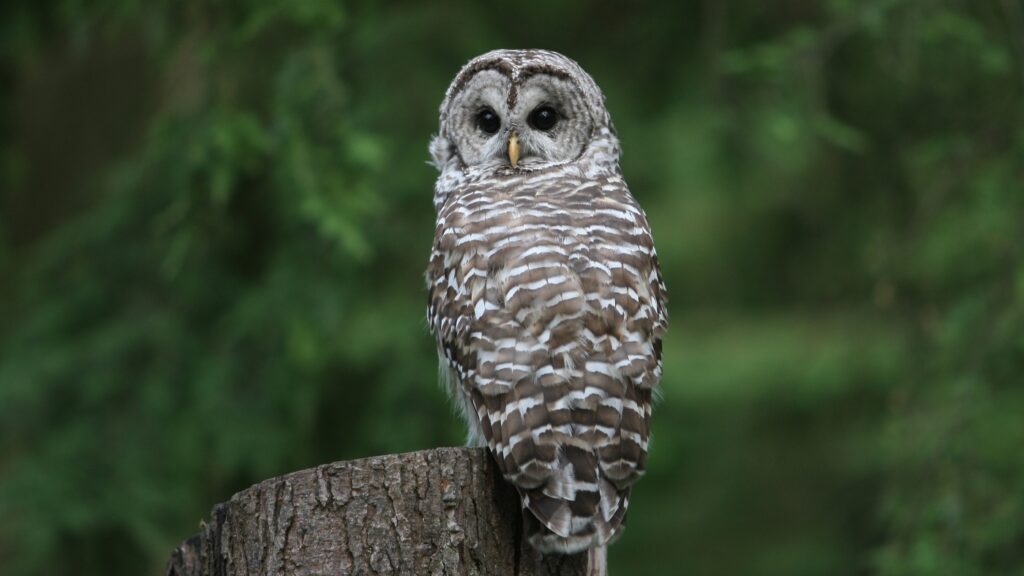The Trump administration has proposed a rule change that could significantly weaken the Endangered Species Act’s ability to protect critical habitats by redefining the term “harm.” The proposed change would only consider actions that directly harm or kill animals, not the habitats they rely on, making it easier for activities like logging, mining, and development to occur on lands essential for endangered species.
Conservationists are concerned about the potential impact of this rule change, as habitat loss is a leading cause of species extinction. Brett Hartl, from the Center for Biological Diversity, criticized the administration’s move as callous and reckless, warning that conservation efforts could be reversed, leading to further losses in endangered species populations.
The current broad interpretation of “harm” under the Endangered Species Act has been crucial in protecting over 1,700 species since its inception in 1973. It has safeguarded important habitats like spawning grounds for Atlantic Sturgeon and old-growth forests in the Pacific Northwest, which are home to species like the northern spotted owl and red-cockaded woodpecker.
The proposal cites Justice Scalia’s dissenting opinion, advocating for a narrower interpretation of harm as a direct, affirmative act against individual animals. Conservation experts argue that this narrow definition overlooks the indirect but significant impacts on species and their habitats.
The public has a 30-day window to comment on the proposed rule change, which is expected to face legal challenges. Conservationists emphasize the importance of maintaining a comprehensive approach to protecting endangered species and their habitats to prevent further species loss and ecosystem degradation.

